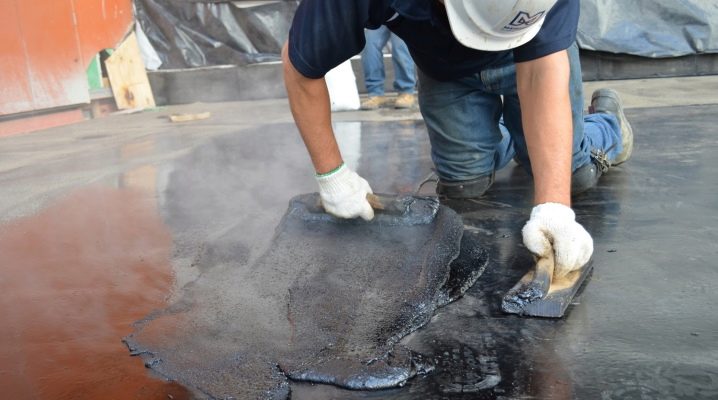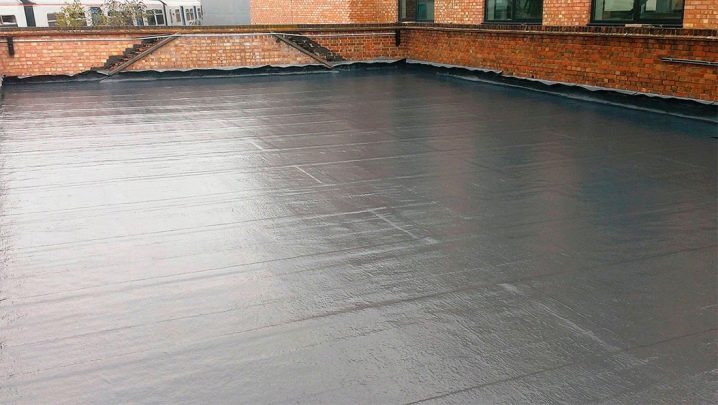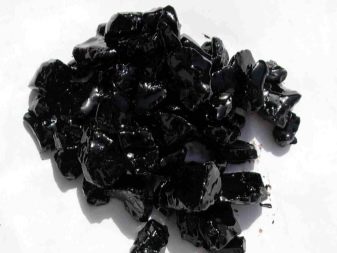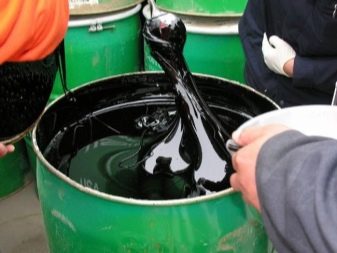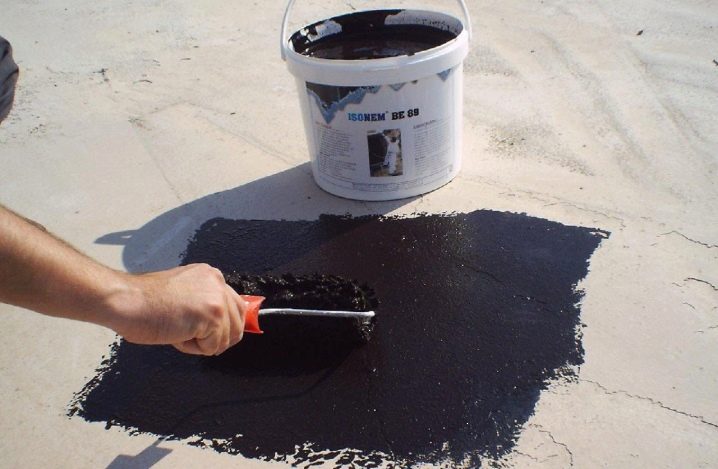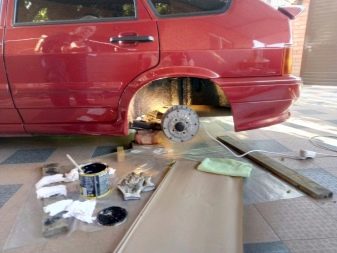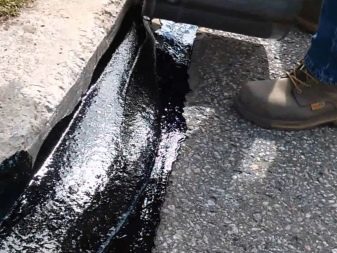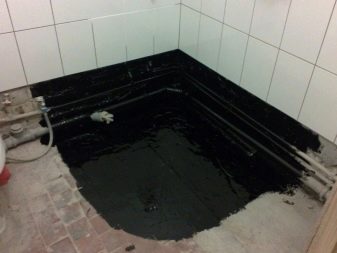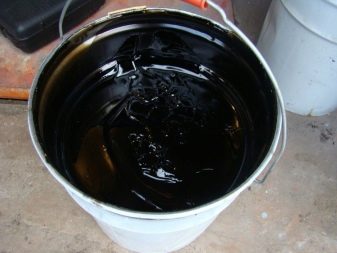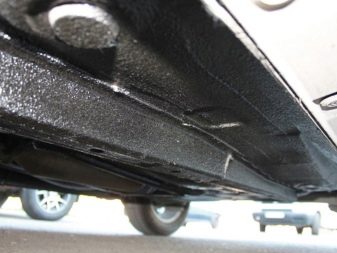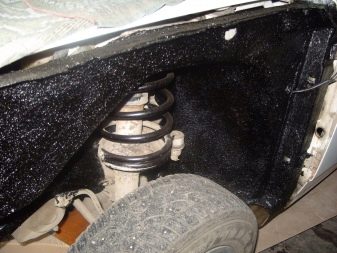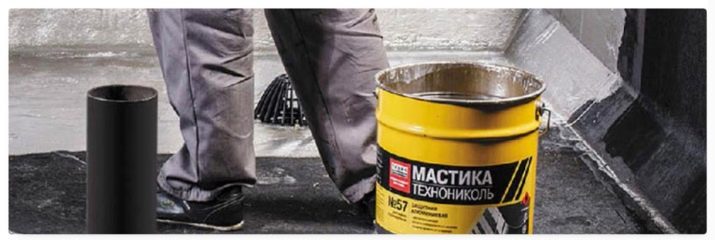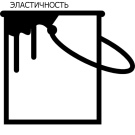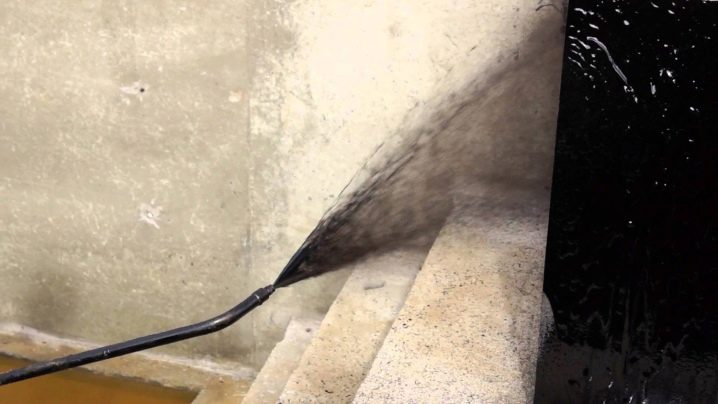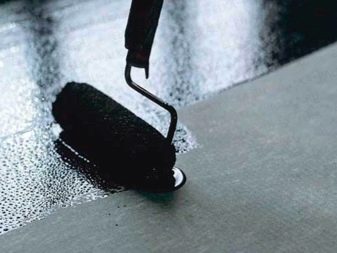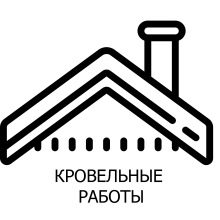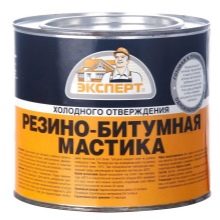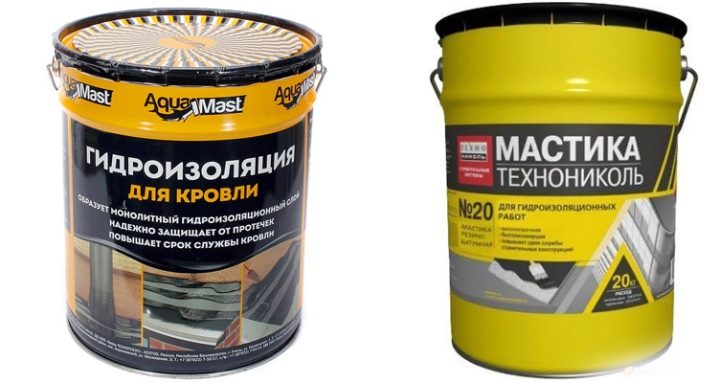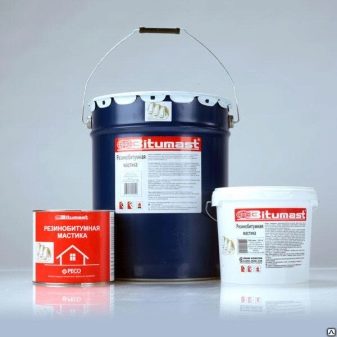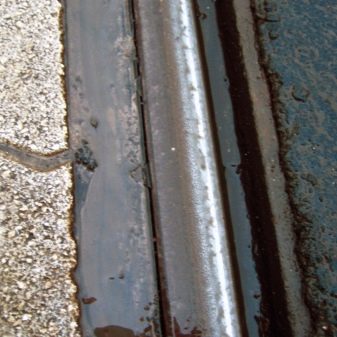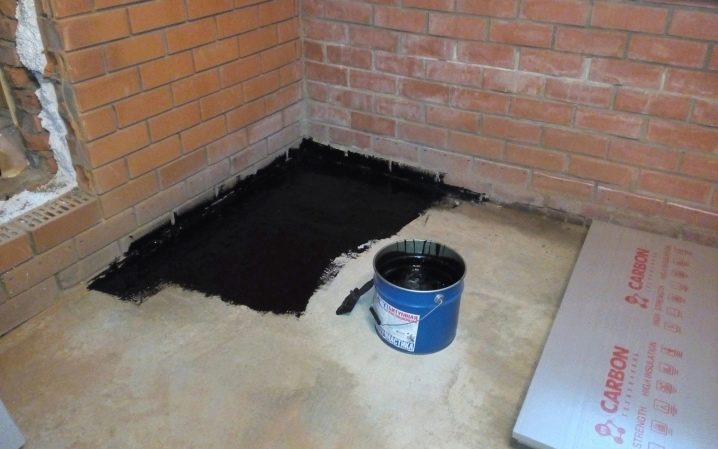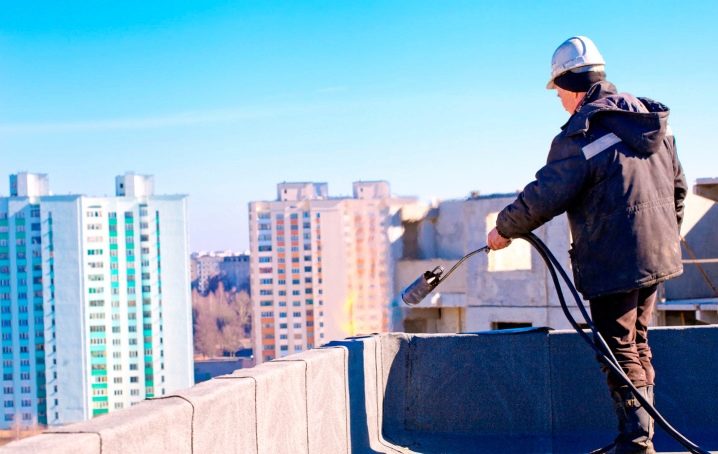Rubber-bitumen mastic: technical characteristics and scope of application
When carrying out certain types of construction and repair work, the structure must be protected from moisture. There are many materials that perform this function, which include a component known to many - bitumen. The most functional and technically sound is the use of such a complex composition, as rubber-bitumen mastic.
Properties
The main purpose of the mastic is to isolate the surface, due to the formation of a flexible water-impermeable film on it, which protects the material covered by it from the processes of decay and corrosion. The components contained in the rubber-bitumen mastic determine its properties and purpose. The basis of this material is most often petroleum bitumen.
Previously, bitumen was used very often as a waterproofing material to protect building structures. Its widespread distribution was justified by the low price of oil, because bitumen is a product of its processing. But over time, the protection of surfaces with a material that included only bitumen was not very profitable, and the layer formed on the surface did not differ in resistance to temperature changes. Therefore, manufacturers have developed several compositions based on bitumen.
Due to differences in plasticity, temperature mode of operation and reliability of the coating formed, they were divided into different types, including rubber-bitumen or polymer mastic.
Modern rubber-bitumen mastic is manufactured according to GOST, where, in addition to bitumen, fine rubber, solvent and filler are present.
- Rubber and bitumen are major components in the composition, determining the technical characteristics of the mastic. Thanks to rubber, the coating on the surface does not melt under the influence of high temperature, and cracks do not form in it at low.
- Fillers add extra strength to the composition. to the effects of chemicals and resistance to UV rays. Materials such as basalt wool, lime, asbestos, ash, ground quartz and even brick dust can be used as fillers.
- The solvent in the composition of the mastic plays an important roleIt is thanks to him that the composition acquires the necessary consistency, and after applying the layer is close to the original viscosity. The rate of evaporation depends on the specific gravity of the solvent: the lighter it is, the less it is required and the faster it evaporates from the composition. The presence of a solvent in the composition greatly facilitates the method of application. Cold mastic does not require preheating before applying a layer to the surface, as with the hot method, it only needs to be mixed and a little solvent added with excessive viscosity.
Purpose
A cold-curing rubber-bitumen mastic that is easy to apply can be used as a waterproofing layer in the automotive and construction industry. Most often, such a composition is used in construction; it is in this area that it is most in demand.
Rubber-bitumen mastic has been successfully used for waterproofing structures with different purposes and consisting of a variety of materials. It equally well protects both the concrete elements of the foundation, walls, and wooden beams, which are used as a frame basis for structures.
In addition, it is successfully used as a corrosion protection for metal surfaces, such as pipelines, steel tanks for various purposes and other metal constructions.
Excellent waterproofing properties mastic allow you to use the composition for the repair of a flat roof. Roofing mixture is specially designed for roofing, its resistance to moisture does not allow mold to form on the surface, thereby preventing its premature destruction.
The sealing function inherent in the rubber-bitumen mixture allows the composition to also be used as a filler for seams, cracks, chips and other indentations in building materials without dismantling old layers. In addition, it can be used to glue various waterproofing materials.
Non-hardening mastic is used as a seal in the joints between the window or door block and the wall.
In the automotive industry, rubber-bitumen mastic has been successfully used in many types of bodywork. Processing the bottoms and arches of the car allows you to increase their impact resistance. But the main function of mastic is still anti-corrosion protection of these places most vulnerable to water.
The addition of aluminosilicates to the rubber-bitumen composition makes it possible to increase the car’s sound insulation characteristics.
Advantages and disadvantages
Bitumen-rubber insulating mastic, like any material, has several advantages, but also has its drawbacks. Consider the merits of the material.
- High adhesion and viscosity of the composition. It holds equally well not only on horizontal, smooth, but also on vertical surfaces with structural grooves. Due to the combination of the components used in the composition, the mastic creates on the surface a cast and sufficiently durable coating that is not subject to the effects of precipitation, temperature changes and the development of mold colonies.
- Cast coating, created by the elasticity of the composition, allows you to hide small flaws on the treated surface. It does not show any cracks or chips or other irregularities, as the plastic composition fills all the grooves well.
- The use of rubber-bitumen composition to protect metal structures from corrosion from an economic point of view is a very profitable investment. Complete replacement of the structure will cost more than simple mastic treatment.
- The composition has a smaller consumption and weight compared to roll materials. For waterproofing works, 2-4 kg per 1 m2 is enough, for gluing materials it will take from 1 to 2 kg per 1 m2, and for arranging the roof you need from 3.5 to 6 kg per 1 m2.
- Mastic components do not belong to substances that adversely affect people's health, on the contrary, the composition has some specific antibacterial properties, which allows its use without any restrictions on the place of use.
The disadvantages of the composition of a few, but they are still present:
- The bitumen-rubber compound is intended for outdoor use only.
- To work with the composition requires certain weather conditions: the ambient temperature should not fall below -5? C, no precipitation and wind.
- When applying mastic manually uneven distribution of the composition.
Manufacturers
Today, many companies are engaged in the production and production of rubber-bitumen mastic. The most famous leading companies for over 20 years, producing the most qualitative composition of rubber-bitumen mastic, are four: TechnoNICOL, Descartes, HimTorgProject and Profilyuks.
Product reviews of these brands are extremely positive.
- Company Descartes. It produces cold-curing rubber-bitumen composition under the “Expert” brand. The purpose of this mastic is the repair and installation of the roof, waterproofing of building structures, anti-corrosion protection of metal products (pipes, car bottoms), bonding of rolled-type materials of a twist. The composition is packaged either in 1.8 kg jars or in 18 kg buckets.
- Company "TechnoNIKOL". Developed two types of compositions: Aquamast and TechnoNICOL 20. The compositions of both brands can be used without prior preparation, if necessary, diluted to the desired consistency solvent of organic origin.Used to create a waterproofing coating for structures made of different materials, suitable for roofing. Mastic Aquamast is the most suitable composition for roofing work. Packing is carried out in buckets of 3, 10 and 18 kg. Purpose "TechnoNIKOL 20" - is mastic waterproofing of building structures, buildings and other building structures. Packaging 20 kg (buckets).
- Company "KhimTorgProekt". Produces Bitumast cold-curing rubber bitumen mastic. In addition to the main components, the mixture contains antiseptic and corrosion inhibitor. It contains no toluene and other toxic solvents. It is used as an obmazochny waterproofing of surfaces from concrete and a tree.
Suitable for corrosion protection of pipelines and metal containers.
Features of use
Any surface before applying the rubber-bitumen coating should be in a dry state, thoroughly cleaned from large and small debris, poorly adhering pieces of the old finish. On metal constructions, it is necessary to clean the areas with rust, remove sand and dust from concrete surfaces, and mineral porous surfaces need to be pretreated with soil. As a rule, the company engaged in the production of mastic, and produces primers that are perfectly combined with rubber-bitumen compositions.
Not only the surface of the structure, but also the rubber-bitumen composition itself needs preparatory measures. Cold-cured mastic, packaged in cans, is a finished product and is simply mixed thoroughly before use.
But if it thickens or the mixture is prepared in two stages, then it is necessary to dilute the composition with a solvent.
There are mixtures that are applied to the surface only in the hot way, for which the mastic is heated to a certain temperature. Depending on the temperature at which the composition softens, mastics are divided into brands. For the MBR-65, softening of the composition occurs when it is heated to +65 C, for the MBR-75 - to +75 C, and in order to soften the mastic of the MBR-90, it will have to be heated to + 90 C. works composition is heated to 160-180? C.
There is an instruction, according to which it is necessary to apply the composition in layers. If the surface area is small, then you can use a brush, roller, brush.For hard-to-reach places where it is necessary to apply a very thin layer of composition, the best option would be an aerosol.
To cover large areas, it is more efficient to use a compressor with a spray.
The number of layers depends on the type of work. For gluing materials one layer is enough, and if the composition is used as an insulating coating, then it will have to be applied two, and in some cases, three times. After applying each layer takes time to dry, at a temperature of +20 ° C, the complete curing of the coating occurs no earlier than after 24 hours.
Working with mastic, it is necessary to observe all precautions. This will help not only to avoid injuries, but also to obtain the highest quality result.
For more information on how to work with rubber-bitumen mastic, see the following video.
